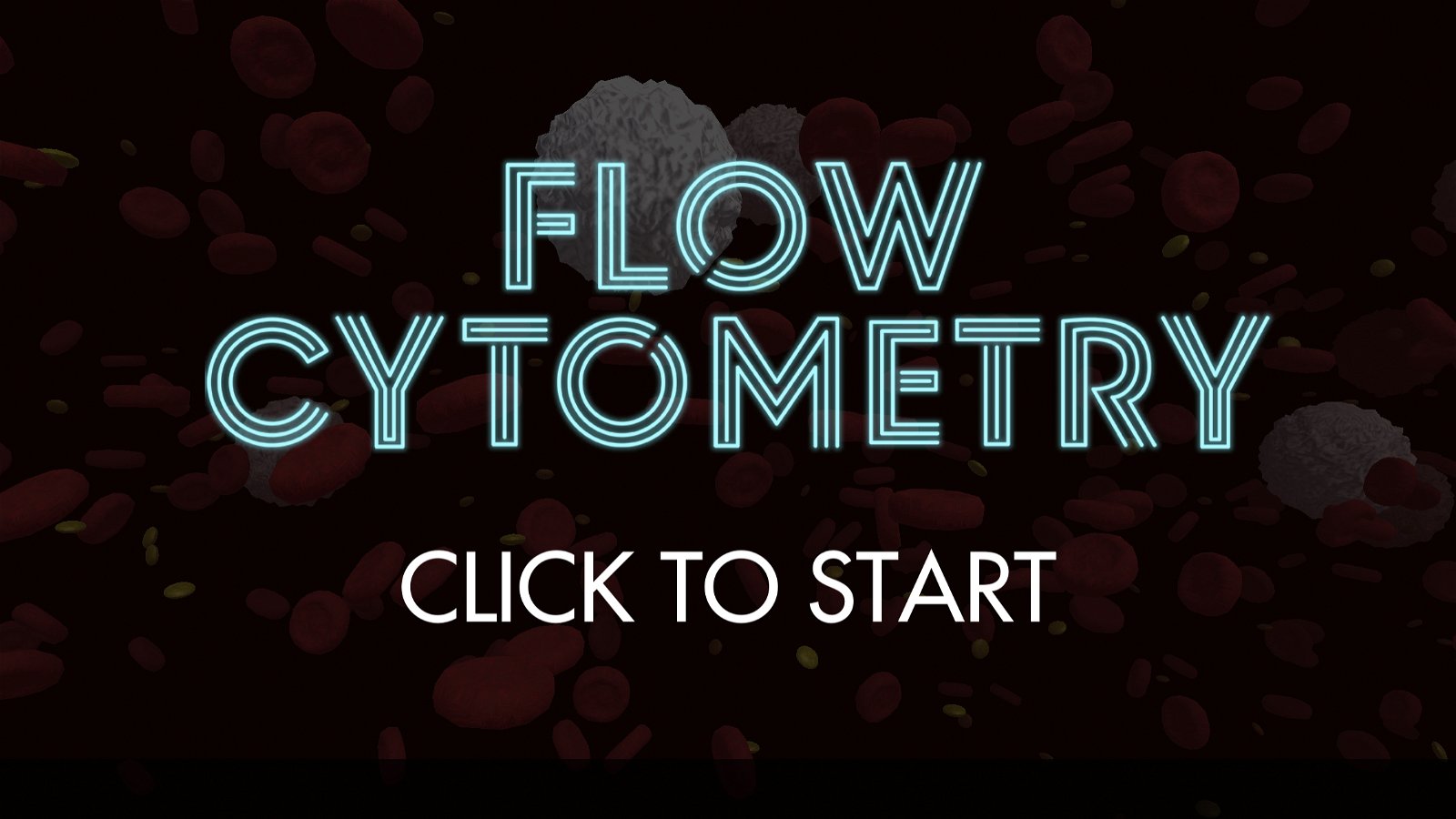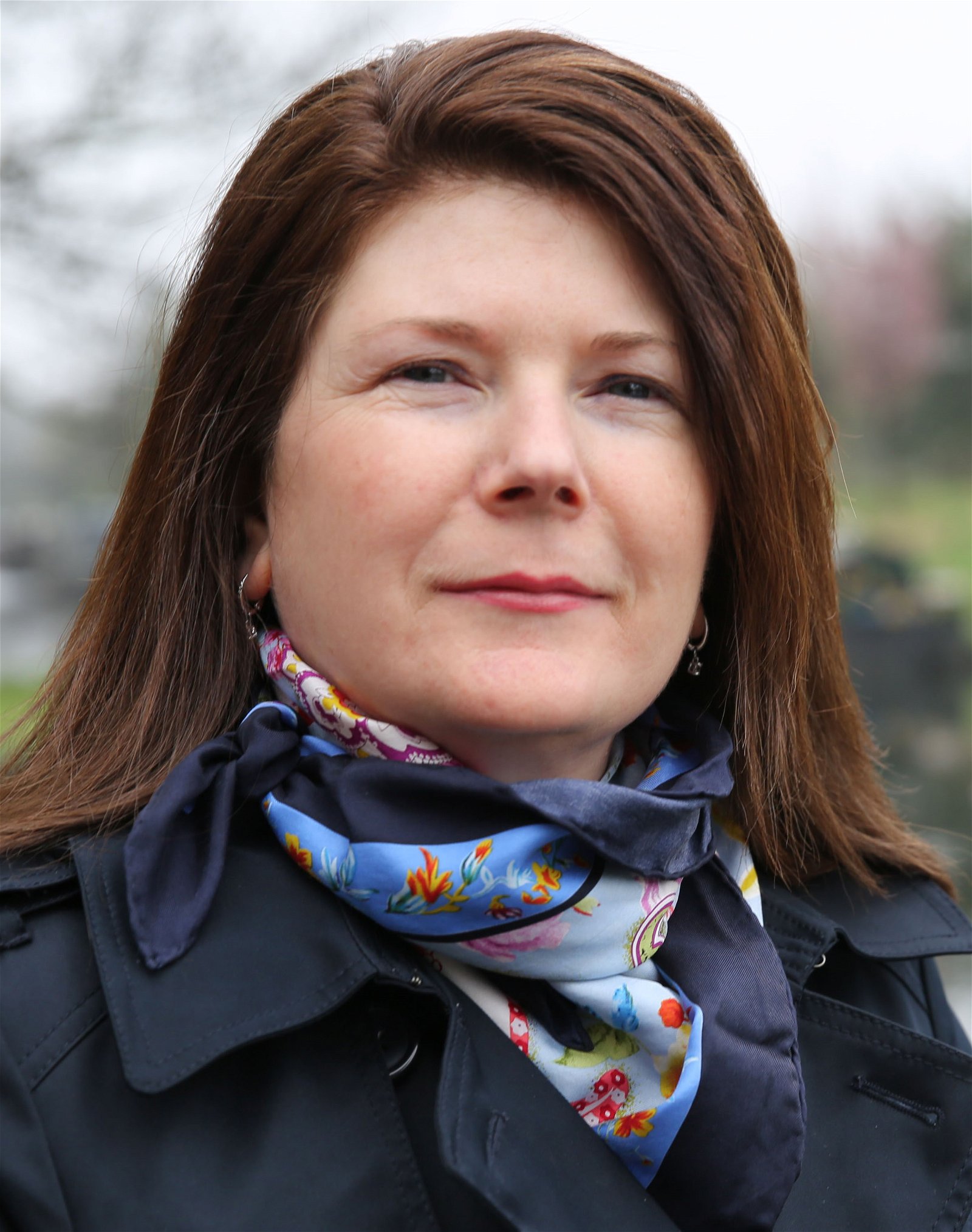This interactive experience works best on Google Chrome. If you are having trouble with this interactive, please try using this browser.

This interactive experience works best on Google Chrome. If you are having trouble with this interactive, please try using this browser.

All of our blood cells are made inside of our bones. In our bone marrow is a single type of stem cell that can give rise to all of the blood cell types. Each time one of these stem cells divides, one cell remains a stem cell. The other matures and moves into the blood, sometimes dividing multiple times along the way.
As a newly born blood cell matures, different sets of genes are turned on and off. Active genes code for proteins that help the cell do its job. Each cell type has a different set of active genes related to its unique function. For example, red blood cells fill themselves with hemoglobin protein, which carries oxygen. B cells make antibody proteins that recognize invaders like bacteria and viruses. Megakaryocytes, and the platelets that break off of them, have proteins that help to form blood clots.
Every day, our bone marrow makes many millions of new blood cells. This process is tightly controlled to make sure that we always have the right number and proportion of blood cells.
There are three main types of cells in the blood: red blood cells, white blood cells, and platelets. White blood cells are further grouped into three categories: granulocytes (neutrophils, eosinophils, and basophils), lymphocytes (B cells, T cells, and natural killer cells), and monocytes.

The Flow Cytometry Virtual Lab is the product of a collaboration between the GSLC and
Rosemary Clyne at Queen Mary University of London.

Rosemary Clyne, PhD
Senior Lecturer in Biomedical Sciences and Academic Lead for International Student Experience
Nanchang Joint Programme in Biomedical Sciences
School of Biological and Chemical Sciences
Queen Mary University of London
Rodney R. Miles, MD, PhD
ARUP Laboratories
Section Chief, Hematopathology
Medical Director, Hematologic Flow Cytometry
Medical Director, Immunohistochemistry Laboratory
Medical Director, Histology Laboratory
Associate Professor of Pathology, University of Utah School of Medicine
Pete Anderson
Kagan Breitenbach
Jonathan Conger
Amy J. Hawkins
Sheila Homburger
Max Kelly
Kevin Pompei
Louisa Stark, PhD
From the Masters of Entertainment Arts and Engineering program at the University of Utah:
Dorian Rosen
Sai Upadhyayula
Kendra Hoffman